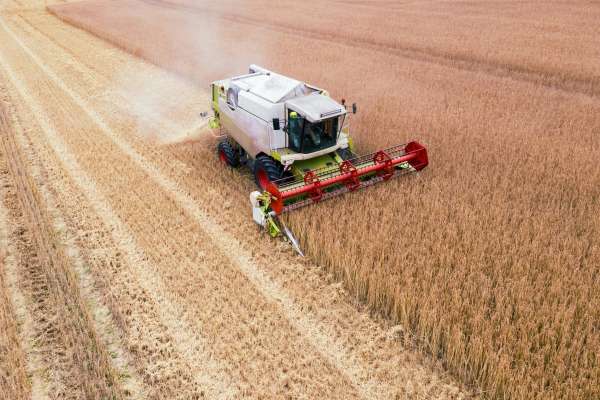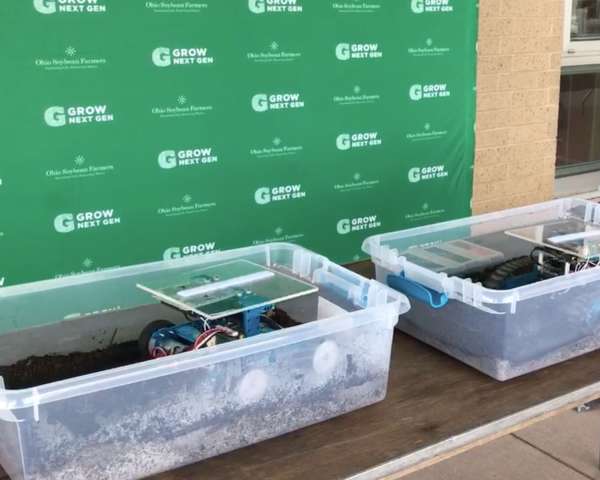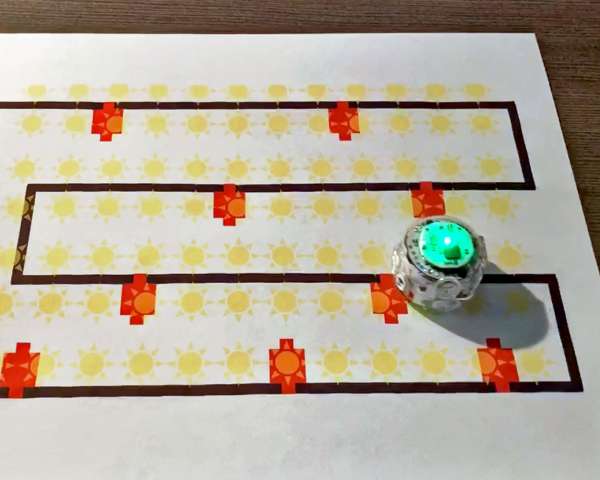AP Computer Science Principles
Lessons
# Investigation into computer innovations in agriculture
Students will complete three investigations into computer innovations. Through these investigations, students will look at the data a computing innovation uses to complete its task; any data privacy, security, or storage concerns that might be associated with the innovation; and the beneficial and harmful effects the computing innovation might have on society, the economy, or culture. (AP CSP Course Framework p. 111)
Files
# Research on food security
Students will investigate agriculture innovations that impact food security, then create a presentation to share.
Files
Teacher background
Advanced Placement (AP) Computer Science Principles (CSP) is a relatively new course in the AP line-up, introduced in 2016. As of 2019, over 100,000 students have taken the AP CSP Exam. AP Computer Science Principles introduces students to the foundational concepts of the computer science field and challenges them to explore how computing and technology can impact the world. The course is centered around five Big Ideas: 1) Creative Development, 2) Data, 3) Algorithms and Programming, 4) Computer Systems, and 5) Impact of Computing.
All of these topics can be applied to agriculture as well as many other industries. This unit will highlight the Creative Development and the Impact of Computing ideas.
Additional resources
Next gen science standards
Science and engineering practices
- Analyzing and interpreting data
- Using mathematics and computational thinking
- Obtaining, evaluating, and communicating information
Crosscutting concepts
- Patterns
- Cause and effect
- Systems and system models
Disciplinary core ideas/content
- LS1D Information processing
- PS4C Information technologies and instrumentation
- ETS1B Developing possible solutions
- ETS2 Links among Engineering, technology, science and society






Share this